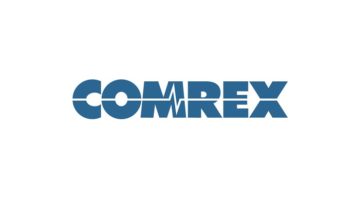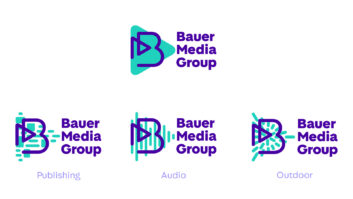An FM station in northern Virginia is broadcasting what is believed to be the first HD5 audio subchannel in regular service. It’s a development that could have implications for FM HD Radio stations that wish to lease more capacity on their signals.
The station is WWWT(FM), one of three Washington-area FM frequencies that carry the simulcast of WTOP, Hubbard Radio’s big news station.
The signal is at 107.7 MHz in Manassas, Va. An HD5 subchannel using the MP11 transmission mode was flipped on by engineer Dave Kolesar of Hubbard Radio in November, assisted by Mike Raide of Xperi. The new subchannel is being leased by Metro Radio to feed an FM translator on 106.3 MHz.

Kolesar said there is demand in the Washington market for parent signals to feed FM translators that had been associated with AM stations that subsequently closed or were sold.
“Broadcasters are always looking for more bandwidth, for data services or audio channels to lease to other broadcasters,” he said.
“Right now, most FM broadcasters are using the MP1 mode, which offers 96 kilobits of bandwidth, or the MP3 mode, which offers 120 kilobits of bandwidth,” Kolesar said. “The MP11 mode gives us another 24 for a total of 144 kilobits of bandwidth, and that permits us to commission another HD channel.”
The quality, he said, is similar to that of HD3 and HD4 subchannels, which use the same rate. But the audio performance of the FM translator is not constrained by the data rate of the HD5, because FCC rules allow fill-in translators to be fed independently, meaning they don’t need to use off-air capture.
The National Radio Systems Committee met during the CES show and is in the final stages of specifying an NRSC-5-E revision of the standard, introducing new IBOC service modes developed by Xperi.
While MP11 has been part of the NRSC standard for some time and is FCC-approved as an extended IBOC service mode, the new modes build on the spectral occupancy of MP11 with sidebands occupying a full 100 kHz each and adding higher-order modulation techniques. Advocates say this unlocks more data capacity to future new receivers while offering backward compatibility for current receivers.
MP11 is implemented in some HD Radio receivers today, but not all. “The majority of radios now will just tune from HD1 to HD4, and you wouldn’t know that an HD5 is there,” Kolesar said. “So the primary use for this extra bandwidth would be for the parent station of a translator. As more radios come into the market, that will change.”

Metro Radio had been leasing WWWT’s HD2, but Kolesar said Hubbard has been consolidating HD2 and HD3 channels across its three FM signals in the Washington market.
“For marketing purposes, I want to provide as much consistency across our HD subchannels as possible. HD2 and HD3 programming is now uniform across all three signals, leaving HD4/HD5 open for purposes on individual stations in the simulcast such as leases to feed translators.”
This project uses a Nautel GV Series transmitter with MP11 added via the latest firmware release, including HD PowerBoost. Nautel says this improves the reference Gen4 MP11 implementation, increasing transmitter output power by up to 25%, which thus is ready for a proposed power increase now before the FCC.
A Nautel HD MultiCast+ Importer/Exporter captures and encodes all five audio services and provides up to eight audio inputs for future applications. Nautel said multicast channels can optionally be processed on the HD MultiCast+ using an Omnia for Nautel software audio processor.
Kolesar said he believed iHeartMedia had been working with MP11 as well. Radio World subsequently confirmed with Alan Jurison, senior operations engineer at iHeartMedia, that the company uses MP11 mode, and the new extended hybrid P4 24-kilobit partition that it creates for a HD4 audio channel. This has been part of field evaluations in continuous operation since July 2019 on WTUE(FM) in Dayton, Ohio.
Jurison expressed support for the Hubbard HD5 initiative and said that MP11 performance and host compatibility on properly designed installations have been well established. “The industry should feel confident using this new digital real estate for an additional HD audio channel, whether it be an HD4 or HD5, or for new yet-to-be-defined data services,” he said.
Meanwhile, back in Washington, Kolesar said, “As you can imagine, Xperi’s going to be rolling around with their test van, making RF recordings and characterizing our signal.” He hopes the results will help others in the industry learn about the possibilities of deploying HD5 and MP11 and consider the potential HD Radio has to offer today and in the future
NAB’s PILOT technology initiative published a blog post about MP11; find it here.
Also, Scott Melvin and Philipp Schmid of Nautel presented a paper “Transmitter Considerations for Extended IBOC Service Modes” at the 2019 NAB Show Broadcast Engineering and IT Conference. It is summarized here.







